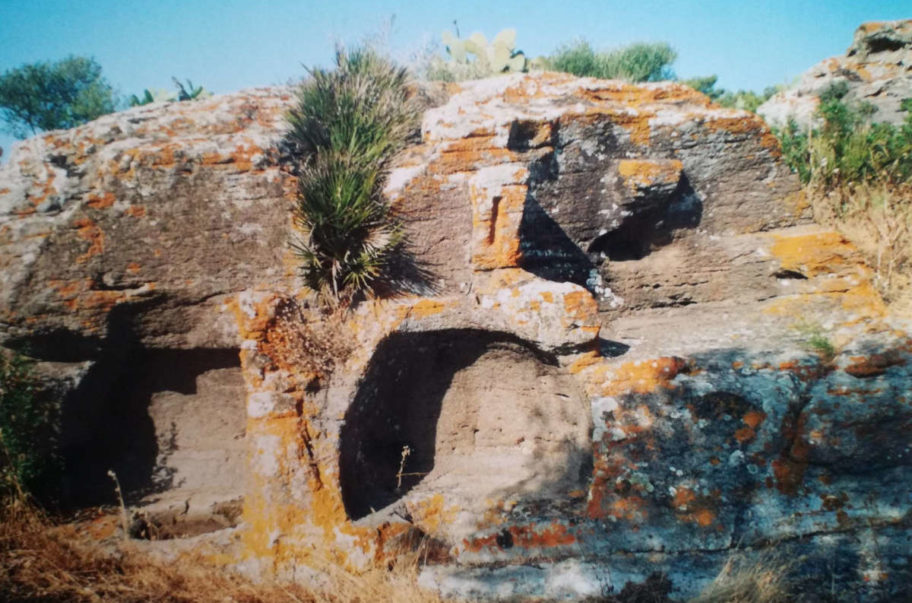Corpo Pagina
The island of Sant’Antioco, linked to the mainland by an artificial isthmus, has been inhabited since the recent Neolithic. There are traces of population of the Ozieri Culture, including some domus de janas; anyway, it was inhabited in a stable and widespread manner since the Bronze Age, as evidenced by the approximately thirty nuraghi scattered throughout the territory, often in a dominant position on the coast, accompanied by villages and giants’ tombs.
One of the most interesting sites is the nuragic complex of Grutti Acqua, which includes a nuraghe on the hill, a village and a well temple.
Not fa away from this site is the giants’ tomb of Su Niu ‘e Su Crobu, dating back to the Middle Bronze Age, built with blocks of trachyte.
Around the 8th century BC, when the Phoenician merchants began to establish permanent settlements in the central and western Mediterranean, the city of Sulky (today’s Sant’Antioco) was founded in the western part of the island. At present it is the oldest urban settlement in Sardinia.
During the Phoenician and then Punic ages it was a particularly prosperous center thanks above all to its strategic position for the trade routes between East and West.
The city of the Punic era included temples and public buildings, a tophet and of course a huge necropolis with underground chamber tombs and a dromos entrance.
The center did not lose importance following the Roman conquest. On the contrary, the exploitation of the mineral resources of Sulcis and maritime trade made it one of the most prosperous cities in Sardinia.
It almost certainly reached the rank of municipium under the Emperor Claudius and the gallery of portraits preserved in the Archaeological Museum of Cagliari dates back to this period.
The collection is made up of portraits of the emperors Tiberius and Claudius and the full-length statue of the general Drusus Minor, son of Tiberius, which were probably part of the decorative apparatus of the forum dedicated to the celebration of Julio-Claudian gens.
Following the fall of the Western Roman Empire in 476 AD, Sardinia and with it the city of Sulci came under Vandal rule.
The Christian Catacombs under the Basilica of Sant’Antioco also date back to the 5th century, the only example of such tomb types in Sardinia, created by reusing and connecting together several underground chamber burials from the Punic era.

